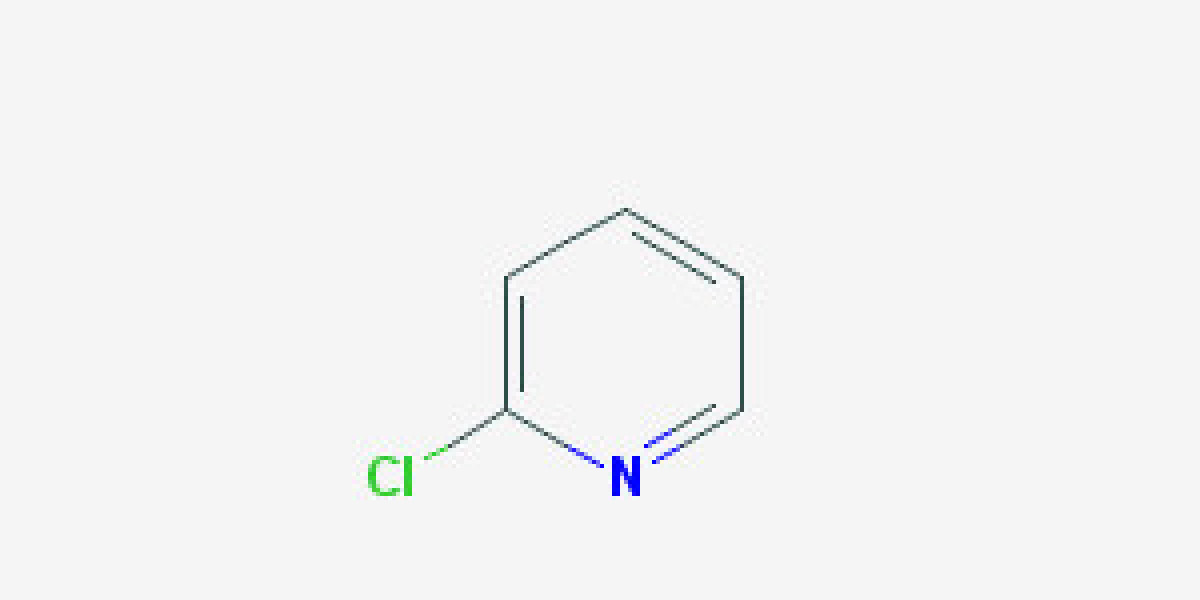Profitability and Cyclicality in the chemical Industry
On the one hand, the prices of raw materials and the supply-demand relationship have a significant impact on the chemical industry.
Generally speaking, product prices are formed by "raw material costs+processing costs+reasonable profits". The cost of raw materials is the most important component of the cost of chemical products, accounting for 80% to 90% of production costs, with some products having a higher proportion. Comparing historical data, it can be found that the price of most chemical products is highly consistent with the fluctuation trend of their main raw material prices, and raw material prices are the key factor determining the price of chemical products.
In terms of profitability, except for a few sectors such as oil extraction and oilfield services, most chemical product manufacturing enterprises purchase raw materials and process them into finished products, obtaining profits through the sale of finished products. chemical products (especially bulk chemical products) have similar raw materials, processing methods, technological processes, and product performance. The ex factory prices of chemical products from different production enterprises tend to be the same, and market competition is relatively intense. Product profitability mainly depends on the immediate supply and demand relationship.
On the other hand, the price difference between products and raw materials is an important indicator reflecting the profitability level of chemical enterprises.
Generally speaking, the profitability of chemical products exhibits significant cyclical characteristics. During a complete cycle, the profitability of chemical products is usually divided into two stages: boom and bust. In the prosperous stage, chemical products are in short supply, and the price difference between products and raw materials increases (the processing cost of products is relatively fixed, and the price difference between products and raw materials reflects profitability), resulting in an increase in product profitability; In a downturn, there is an oversupply of chemical products, resulting in a decrease in price differences between products and raw materials, a decline in product profitability, and some companies may face losses. The cyclical fluctuations in product profitability are closely related to the cyclical fluctuations in product prices to a certain extent.
At the same time, considering the impact of cost, the price of chemical products sometimes cannot fully reflect the true profitability of the enterprise. Comparing the historical prices of products, it can be found that when the product price is high, the profit level may not necessarily be good; When supply exceeds demand, product prices may be low, but profitability may be high. Therefore, relying solely on product prices cannot accurately determine the profitability level of a product. The price difference between the product and raw materials is the most important indicator for evaluating profitability.
Understanding the relationship between the attributes of different chemical sub industries, chemical product prices, and cyclical fluctuations in profits can help investors better understand the chemical industry and make reasonable judgments on investment opportunities. In the next article, we will interpret important financial indicators in the chemical industry. Please stay tuned.







